TMW #125 | When Martech and Adtech come together
Welcome to The Martech Weekly, where every week I review some of the most interesting ideas, research, and latest news. I look to where the industry is going and what you should be paying attention to.
👋 Get TMW every Sunday
TMW is the fastest and easiest way to stay ahead of the Martech industry. Sign up to get the full version delivered every Sunday for this and every TMW, along with an invite to the TMW community. Learn more here.
Author note: This essay is a reflection based on my upcoming presentation for AdExchanger’s Programmatic IO Conference in Las Vegas next week. This essay also pairs well with Making Sense of Martech’s latest episode with Myles Younger on the convergence of Martech and Adtech. Enjoy!
Charles Dickens’ most popular book, A Tale of Two Cities, is a good metaphor for the dual industries of Adtech and Martech. It’s a book set in 18th-century Europe, with events transpiring in both Paris and London. Paris was in the grip of a violent revolution, and the city was depicted as a dangerous place with the guillotine constantly in use to execute perceived enemies. Conversely, London was relativity peaceful and stable, where individual rights and the law were respected.
Which one is Martech and which one is Adtech? You can probably guess.
I use this metaphor because right now, Adtech is going through a season of chaos which is becoming a catalyst for the industry’s closer integration with Martech platforms and data.
Adtech is plagued with problems right now. Google is being sued by the Department of Justice for its years-long monopolistic roll-up of Adtech, data, and – most importantly – advertising dollars. Third-party cookies are inching closer to their deprecation which the market is nowhere near close to being ready to deal with. Apple’s ATT has had a huge impact on mobile advertising by limiting the collection and sharing of user data. GDPR fines are at an all-time high, and billions have been lost to ad fraud due to the opaque nature of the many intermediaries clipping the ticket in every ad dollar. There’s a lot to lose, with about $10 billion in programmatic ad spending that is linked to third-party cookies, which is a massive part of the digital advertising economy.
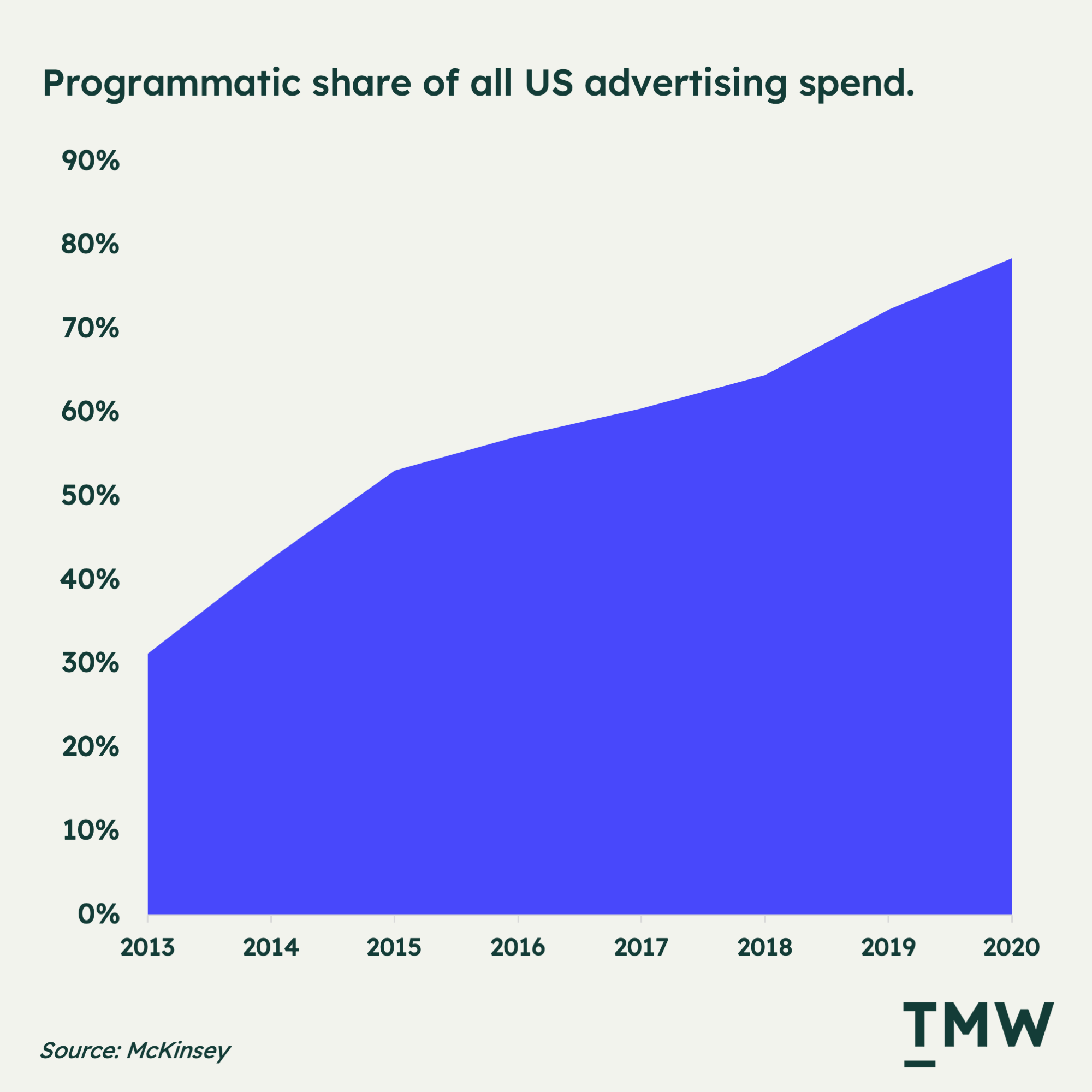
The past three years have been a season of tumultuous change in the advertising industry. Some of it is parts of the industry built on unsustainable data and tech practices that are now crumbling. Still, there are opportunistic land grabs for data by big tech and the growing power of regulators to limit the capabilities of Adtech firms over what data they are collecting on people and how they are collecting it.
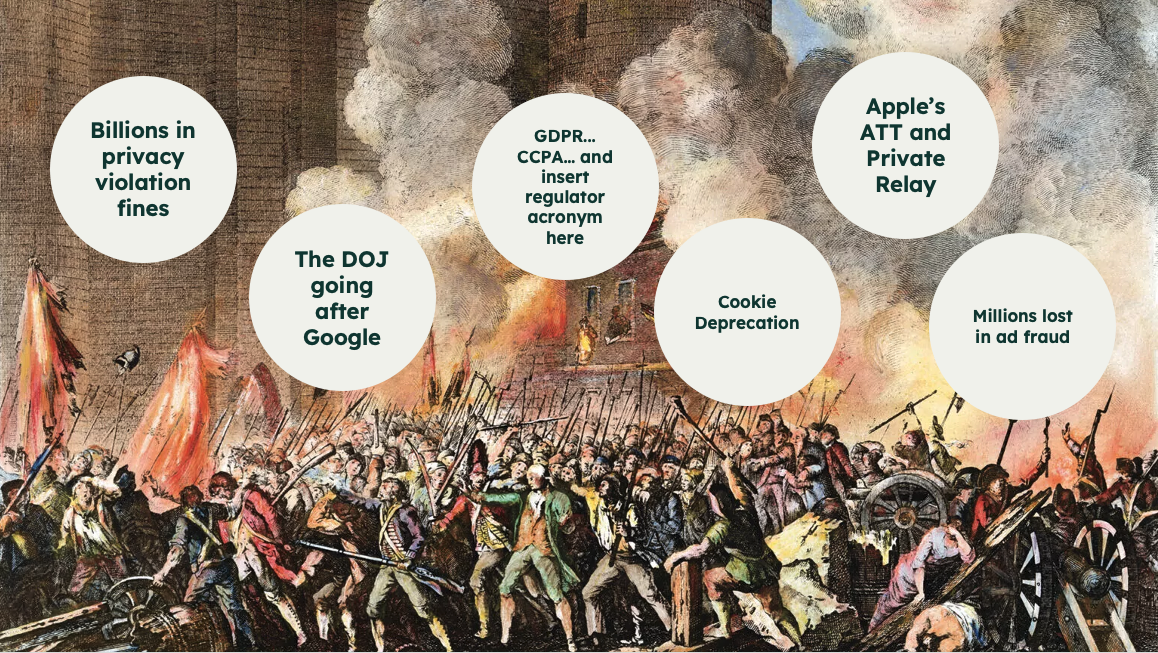
Worlds apart
It’s this shift to first-party data that’s bringing both worlds of technology together. But mind you, it’s a reactive shift, not a proactive one. The entire Adtech industry is shuffling around the collective decisions of platforms like Apple and Google – the very platforms that define how Adtech operates.
But in the past, Adtech and Martech were differentiated by the kinds of data both industries use. If it's cookies to email addresses to IP addresses to phone numbers, there’s a wide gap between the main types of data and what people focus on between Adtech and Martech.
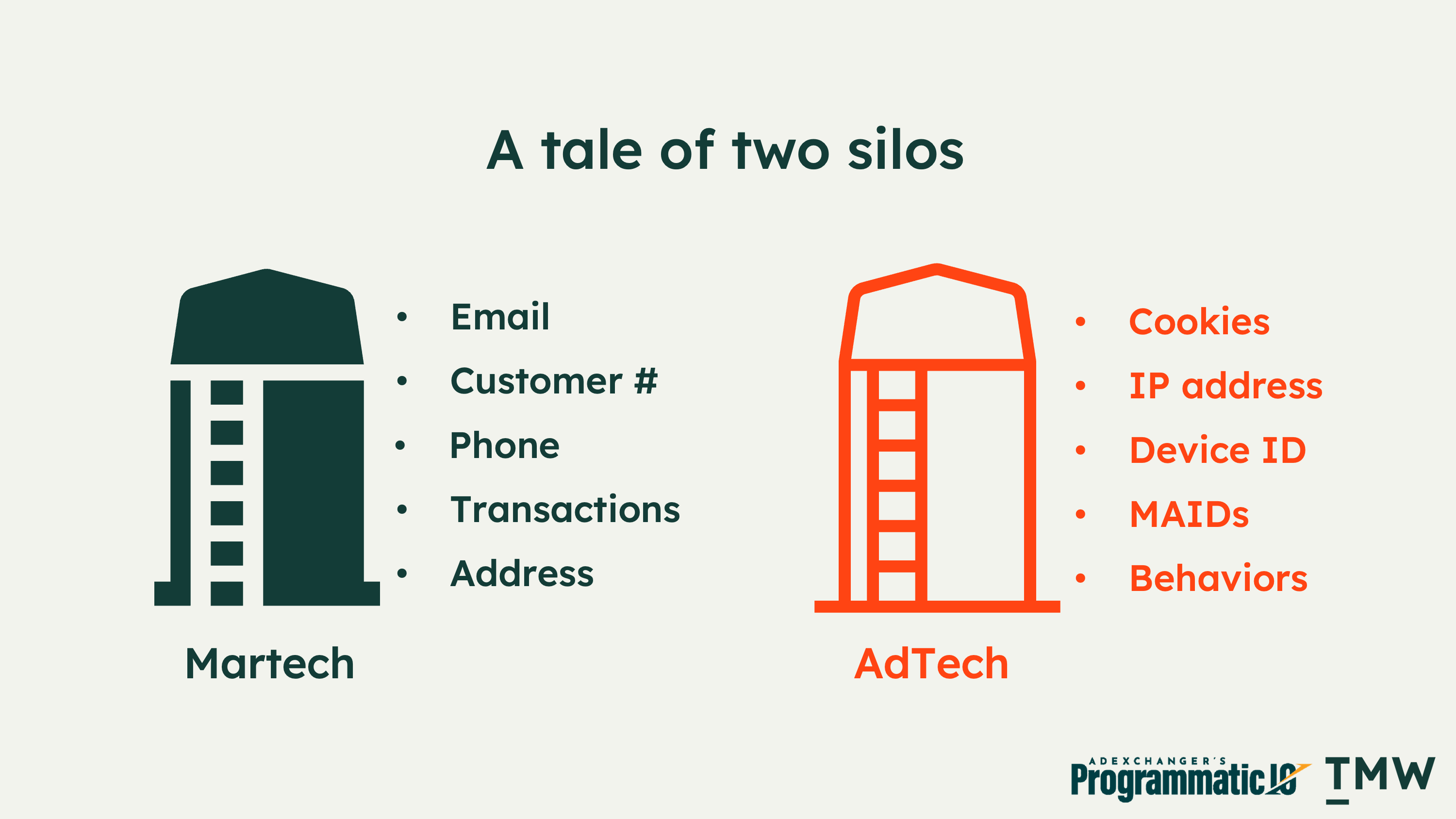
And because this kind of data is so different, there are different teams working in each as well:
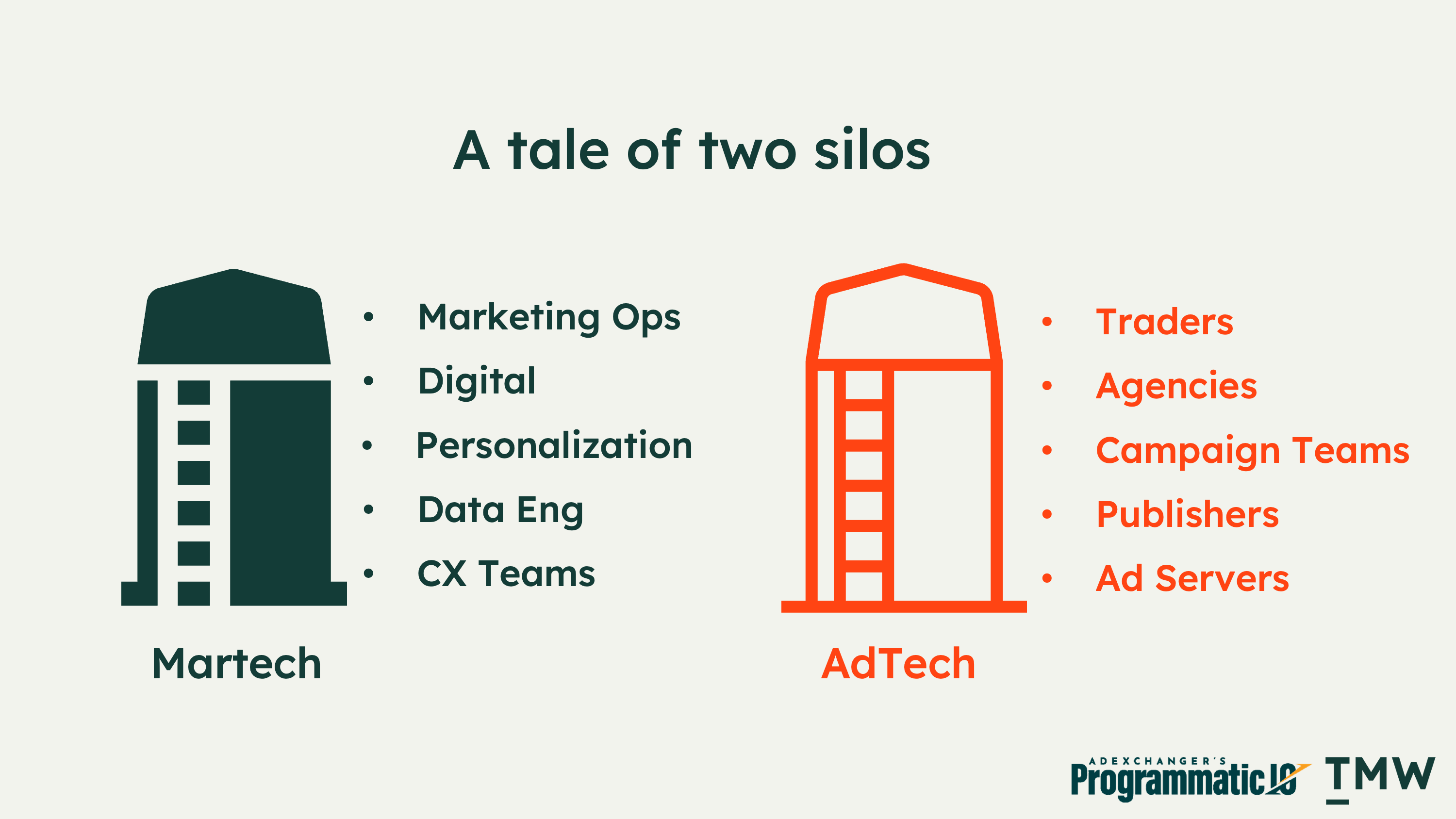
The two silos are separated by their focus. Adtech is focused on above-the-line paid channels, and it’s more important for folks working in this industry to understand the platforms, social networks, search, and algorithms to reach people widely and target people precisely. The goal is the volume of eyeballs, clicks, and ultimately of purchasing customers.
Martech is focused on the owned channels and core data that belong explicitly to customers. This means planning customer journeys, building out automated email sequences, working on AB testing and personalizing websites and apps, and building loyalty programs. The goal is longevity. The central question for most marketing technology practitioners is: how can we make the relationship we already have with a customer more valuable?
One of the clearest ways I’ve seen someone explain the difference is that Adtech is a campaign-focused way of thinking about growing a brand, and Martech is a customer-focused way of thinking about growing a brand. Or as Adtech researcher Seth Ulinski describes it:
“Advertising technology (ad tech) and marketing technology (martech) are separate "front office" technologies which are core to CX (back office tools also play a critical role, more on that later). In general, ad tech enables engagement with desired audiences and potential customers (e.g. brand awareness), while martech allows marketers to maintain dialog with existing customers (e.g. CRM).”
There’s a reason why I’m giving you this backdrop. Emerging out of the Adtech revolution is a growing appetite for first-party data as cookies come closer to being obsolete, Apple continues to close doors on open ad networks, and society is turning away from third-party tracking. And even though Martech and Adtech are worlds apart, we’re right in the middle of this change, and it’s going to be important to how Martech works in the future because the differences between practices, worldviews, and ideas about business growth, customer experience and data management are worlds apart, too.
First-party data is the bridge
The lazy approach to describing the Adtech shift to first-party data is that it will become the next third-party cookie. But it’s not as easy as that. There’s a consistent effort from Adtech platforms and large ad networks to integrate with the core data sitting in a brand's data warehouse, customer data platform, marketing automation tool, or CRM.
As I mentioned in TMW #110 | The day customers stop sharing data, the platforms are converging on first-party data and stepping on Martech’s turf while doing so. But I question if this is the right direction for both industries to go in:
Over the past two weeks both of the largest advertising technology firms in the world, The Trade Desk and Lotame have released their own version of a CDP geared specifically for the purpose of greater integration of first-party data into various ad networks….The sad thing about the depreciation of third-party cookies is that almost every AdTech vendor appears to be shifting to first-party data instead of reflecting on why third-party cookies have to go away in the first place. In the same way that cookies were not fit for advertising purposes (it was a happy accident of invention and opportunity), first-party data seems less fit for the kind of scalability needed for advertising, but also it reveals far more sensitive information about people. A cookie stored on a browser is more about the device than the person, but an email address is a window into an identity.
This is the bridge that brings both Adtech and Martech together, and despite some of my misgivings about shifting to first-party data, it might actually do some good! Let me explain.
A lot of brands are always trying to synchronize their owned and paid channels to gain better efficiency over their spend, suppress customers who’ve already purchased something, or even to solve attribution challenges to understand each channel's contribution. If third-party trackers completely go away and first-party data is the main source for powering targeted advertising, then this means that Martech and Adtech teams in companies will be forced to work with each other. And the best kind of alignment always happens when the CMO forces two teams to work together. That’s what we’ll see here with Martech and Adtech.
f course, what this will mean is that internal digital and personalization teams will have to work with ad agencies. And ad agencies will be investing in data and analytics roles, engineering, and integration teams to get to first-party data. This is not a rush though; it’s a slow and painful transition and one that might take a few more years to make. But without a doubt, the trigger will be in late 2024 when Google finally decides to pull the plug on third-party tracking.
But if there’s anything that’s bringing Martech and Adtech together, it’s the need for first-party data to enable both the upper and lower parts of the marketing funnel.
Ad + Mar = Madtech?
As these worlds come together, it is already creating a bunch of changes across the landscape. And there are all these interesting new categories being created out of this shift. The rise of data clean rooms as a way to get first-party data out of brands and into publishers in an anonymous way is gaining significant traction; the efforts of the Trade Desk to establish a new format for data sharing using first-party data called UID 2.0 that has yet to be adopted as an industry standard, and of course activating data directly from the data warehouse in a usable format all of these new categories and startups are driven by this titanic shift to first-party data.
CDPs are increasingly positioning themselves for the purposes of integrating with ad platforms. Once a champion of bringing together data for owned channel execution, there’s clearly an opportunity to integrate with data platforms, and the rise of the cloud is yet another area of opportunity as a source of rich first-party data. This is what I call the rewrite stream of post-cookie advertising.
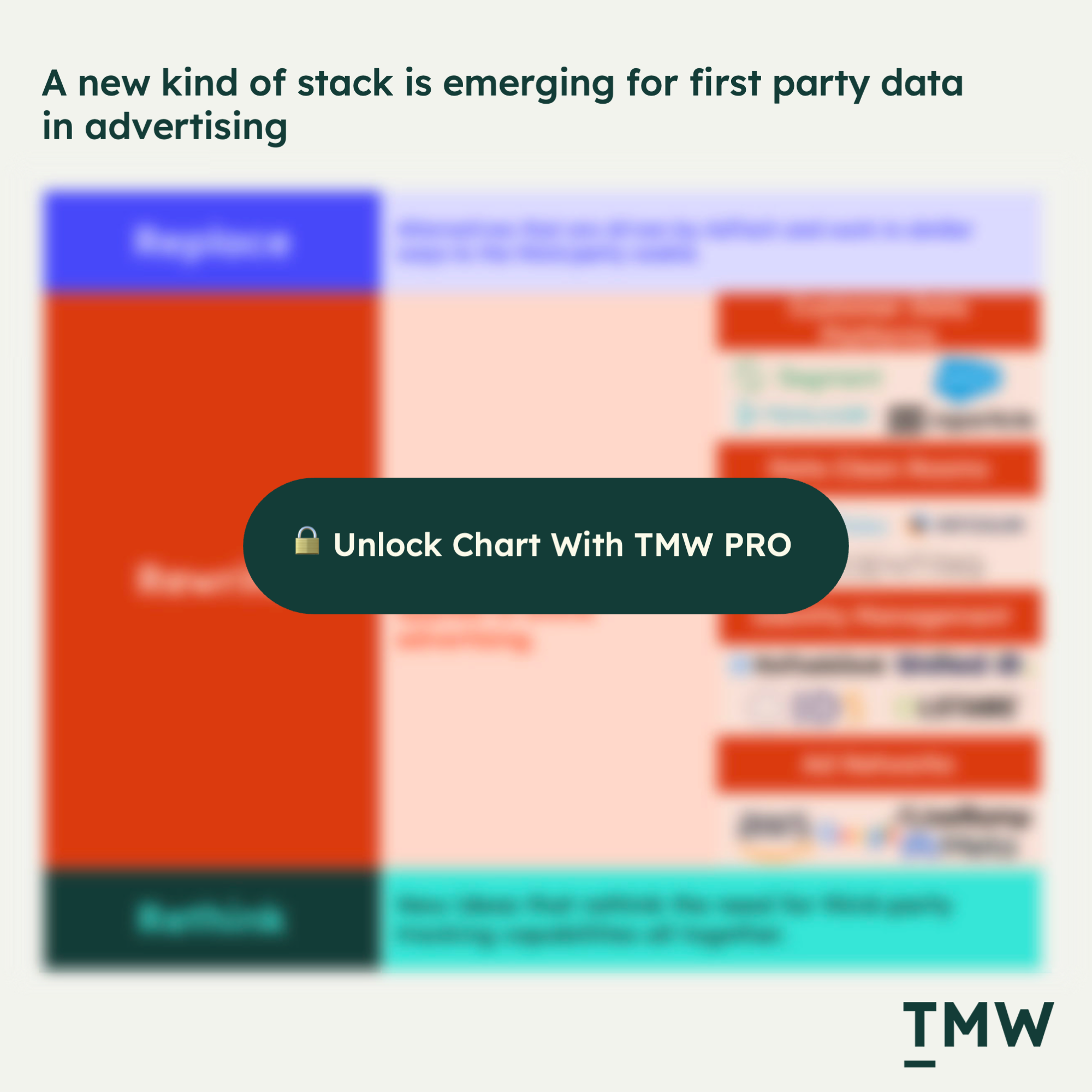
So we have this interesting dynamic where Martech folks are working on the things they’ve always worked on: Launching personalization campaigns, building automated email flows, analyzing data, and assessing eRFM segments. But Adtech is muscling its way into the picture with all these different standards.
I doubt that the merging of Adtech and Martech has any serious consequences for marketing technology practitioners. It’s likely that Adtech is more impacted, but mostly in the volume of people advertisers can target as first-party data is scarce and harder to collect than third-party cookies.
But this does lead me to one interesting observation. Advertisers will want to collect more data and enrich it with as much information about the customer as possible. And this will be the incentive that brings teams together because people working in Martech have developed deep skills in things like preference management, authentication, and asking customers for data. This is Martech’s domain, whereas Adtech skills are more aligned with optimizing what they are doing on various ad platforms.
One area which will be very interesting to watch is how consent and preferences change. This is also one of the areas that are seriously siloed between both practices. I can log into a website and change my email subscription, personalization level, and contact preferences, but in the same space, I can’t change what cookies are collected, if my location is being used, or where my data is showing up in other platforms. Cookie popups don’t talk to email preferences. This shift to first-party data has the potential to flatten the layers of consent because it’s just plain silly to ask customers to change these things in multiple places.
Maybe (and it’s a big maybe), some of what marketing technology people focus on – namely their customer centricity – will rub off on the Adtech industry. After all, Adtech is about getting leverage over platforms, not deeply understanding customer needs and solving them. Adtech has some answering to do on this given the industry’s history with privacy violations:
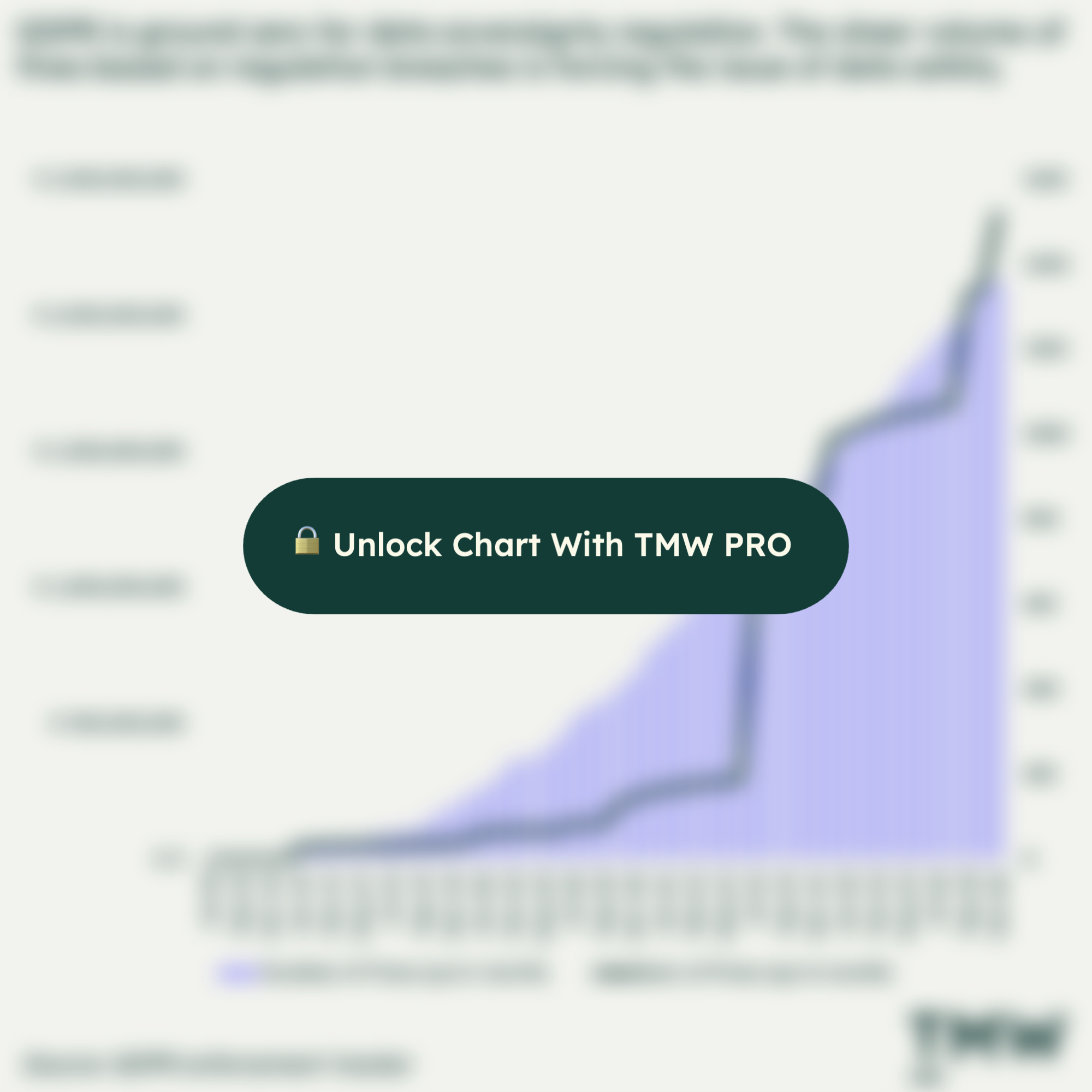
What we might see is the rise of Madtech operations: a discipline focused on first-party data integration with ad networks. There’s enough to learn here about data clean rooms, reverse ETL, understanding the intricacies of each walled garden, and ensuring compliance are upheld.
What this could do is drive a whole bunch of people with third-party tag management and tracking experience into new Martech adjacent jobs. But the big shift here is that with the death of third-party cookies, companies – not the browser – will become the custodians of data. Which completely changes the paradigm of power in the halls of the internet.
Bring Your Own Ad Network (BYOAN)
In the shift to first-party data, another place where Adtech and Martech come together is within the huge walled gardens of these technology companies. It’s here where the concentration of huge volumes of valuable data resides. And in the wake of the end of an open standard for targeted advertising, Apple, Amazon, Microsoft and a host of other huge tech companies are trying to fill the void with their own, enriched first-party data advertising solutions. And ad spend is increasingly shifting towards walled gardens – the new euphemism for huge, privately-held wells of customer data.
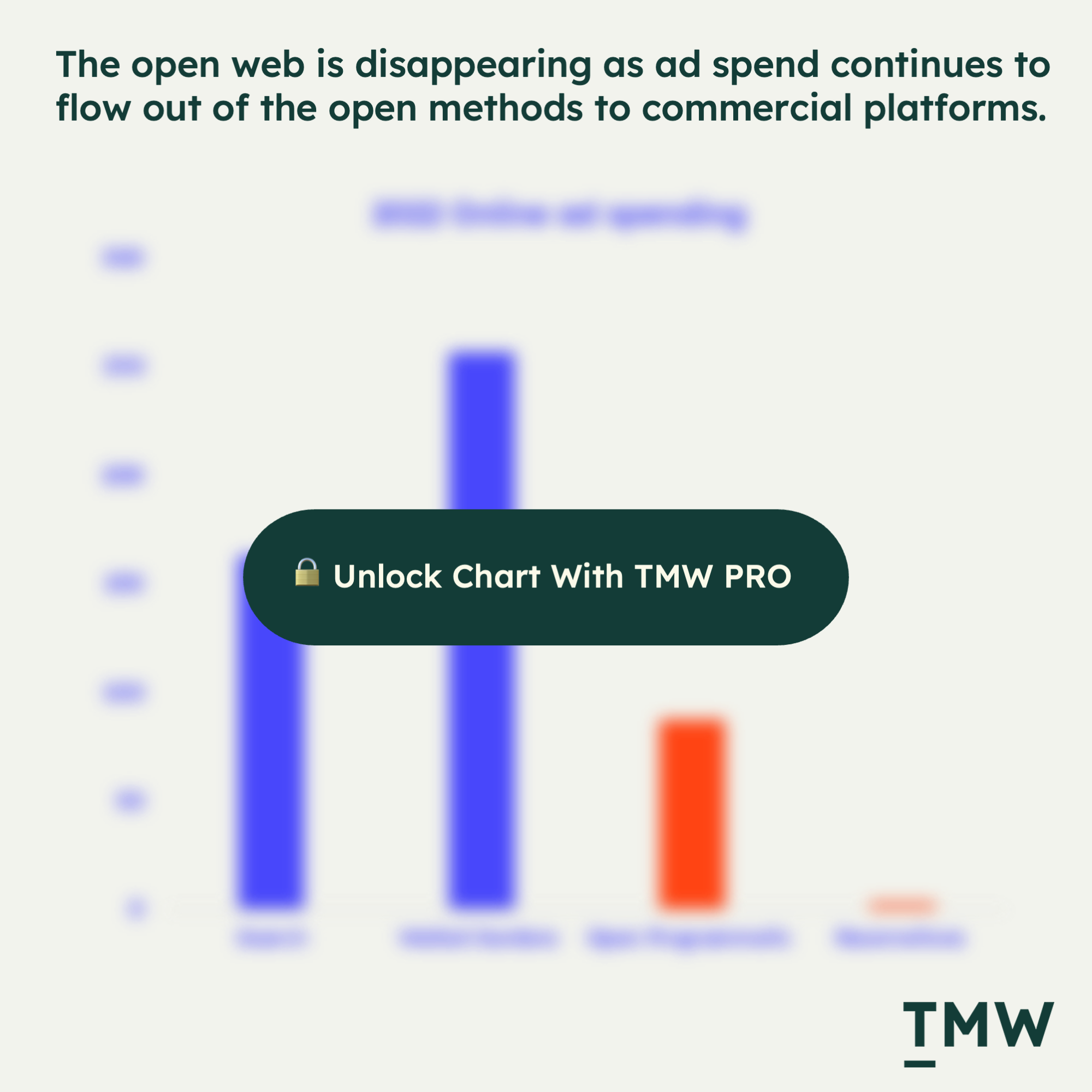
That’s what we’re seeing with the rise of retail media and Apple’s growing ad-vantage. Google’s privacy sandbox is yet another attempt to own the lion's share of data to concentrate power into its own four walls.
But the surprising thing here is that companies that are not considered your traditional internet tech platforms are breaking out by harnessing their own Martech prowess (data orchestration, collection, enrichment, and activation) to build big ad networks. One example is Walmart, which in 2022 saw its retail media ad network grow faster than both Google and Meta.
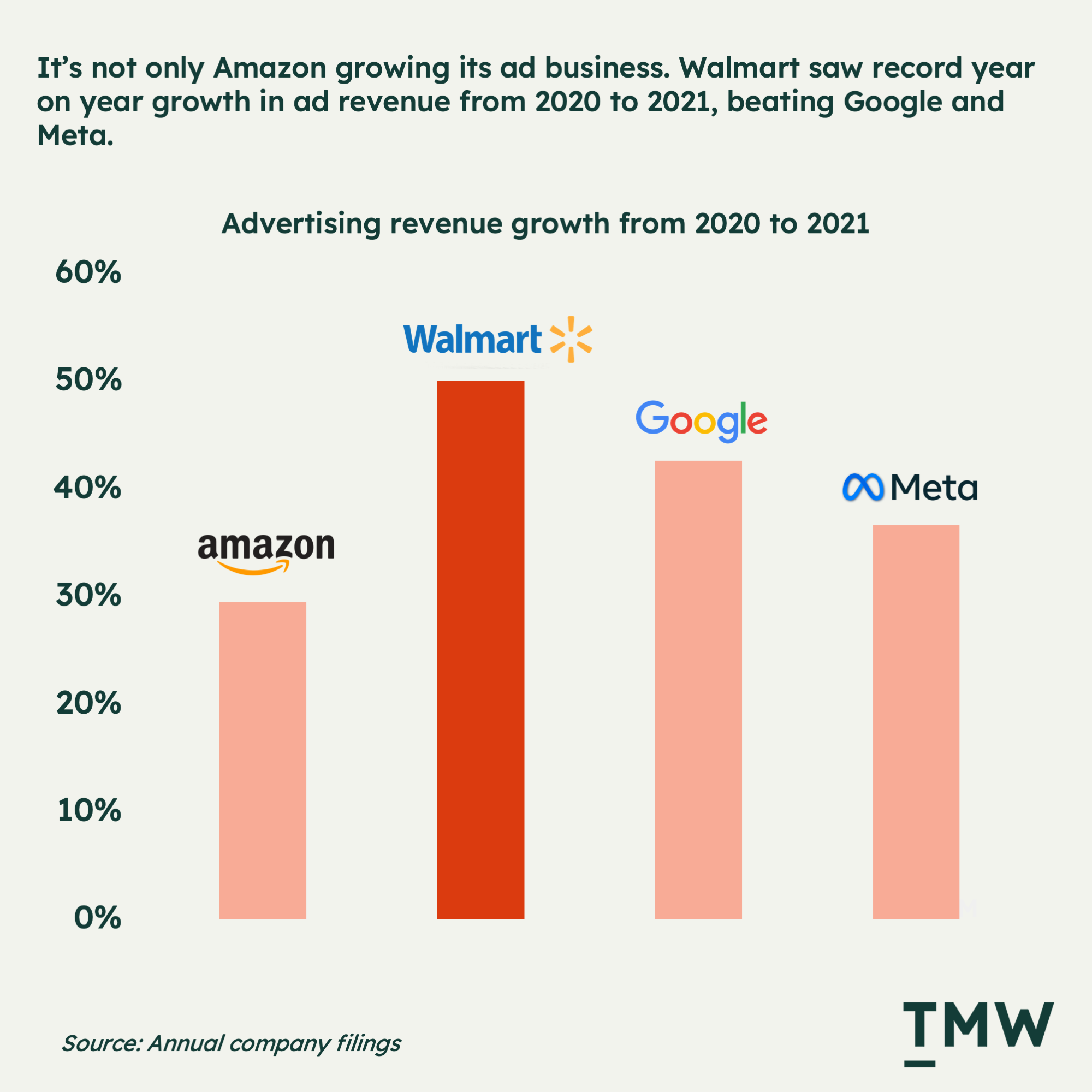
So it’s not all just the gigantic tech companies that get to control the flow of data and dollars on the internet. It’s in this way that Martech becomes a business function that enables Adtech strategies to thrive in the new world of first-party data. And if you have a large amount of first-party data and a lot of website traffic. Congrats, you too can qualify to become an ad network. If it can happen to Walmart, it can happen to hundreds of companies that share similar qualities.
Even Shopify and WordPress have approached the death of third-party cookies as an opportunity to build their own data collection and ad networks. No longer do we need to live under the tyranny of Google. Vive la révolution!
Jonathan Mendez talks about the opportunities for brands to build their own platforms as third-party cookies reset the game for everyone, and he’s got a point. Doing this is hard, but in the future, it will become table stakes for a defensive business.
“Google, Amazon, and Meta focus their business towards optimizing for relevance. In order to become obsessive about customer experience, in order to “Amazon” your own brand you must do the same. This can only be accomplished if you are able to decode all customer event data back to a single ID. That dataset must be available to every part of your business…. This may sound like something that is impossible for your brand to achieve but it is table stakes to compete in the future for a few very simple reasons.”
It’s this powerful combination – the ability to harness data, create a valuable exchange for it with consumers, and then monetize that data with ads – that is the most promising aspect of Martech and Adtech coming together. And while I have my reservations about the wisdom of moving to first-party data as the next source for tracking people and targeting them with ads, there are a lot of benefits here too.
When Martech and Adtech come together, we might just see brands become more focused on their customers instead of platforms, more cognizant of customers’ consent to give them more control over it, and more able than ever to compete against big tech for ad dollars.
At the end of A Tale of Two Cities, the protagonist Sydney Carton is executed at the guillotine. The coming together of Adtech and Martech is also an end of an era for Adtech. This is the death of the Wild Wild West of online advertising as third-party cookies face its own beheading. But it could be the beginning of a new, more promising, and hopefully safer era. It was the Martechest of times and it was the Adtechest of times.
Stay Curious,
Make sense of marketing technology.
Sign up now to get TMW delivered to your inbox every Sunday evening plus an invite to the slack community.
Want to share something interesting or be featured in The Martech Weekly? Drop me a line at juan@themartechweekly.com.
